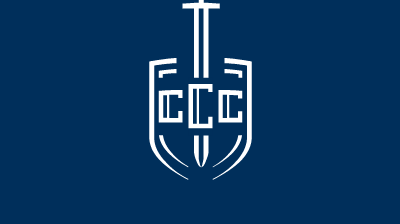Beating economic challenges: a guide to personal bankruptcy
Most of the posts on this blog relate to stories of interest on bankruptcy and personal finance for the benefit of its Saint Cloud readers. This week's post tackles a straightforward comparison of the two most common forms of personal bankruptcy: chapter 7 bankruptcy and chapter 13 bankruptcy.
Chapter 7 bankruptcy is a form of legal financial management that permits a person to sell off assets and property under the supervision of the court. The money collected from those sales is then used to pay off the individual's debts. A person is entitled to keep some of his property during the asset liquidation phase but such exemptions can depend on the individual.
Unlike chapter 7 bankruptcy, chapter 13 bankruptcy does not involve liquidation. Rather, chapter 13 bankruptcy lets a person use some of his income to pay down debts through manageable payments. Once a court accepts a person's schedule of debt repayment that person works with a court-appointed trustee who manages the debt repayment plan.
Both forms of bankruptcy can help a person who is struggling with economic challenges and who cannot get financially get ahead on his own. Consulting with a bankruptcy attorney can be a good way to determine which form is best given an individual's particular situation.
Despite their comprehensive coverage of discharging a person's debts, both forms of bankruptcy carry with them significant costs that can stay with a person for a long time. Filing for bankruptcy can affect a person's credit which in turn can keep a person from finding housing, vehicle loans and even employment. Though it can be an effective way to overcome one's financial struggles, a person may consider speaking with a bankruptcy expert before filing to fully understand all of the process's repercussions.
Source: CBS Boston, "Personal Bankruptcy, The Basics," Jan. 6, 2014

